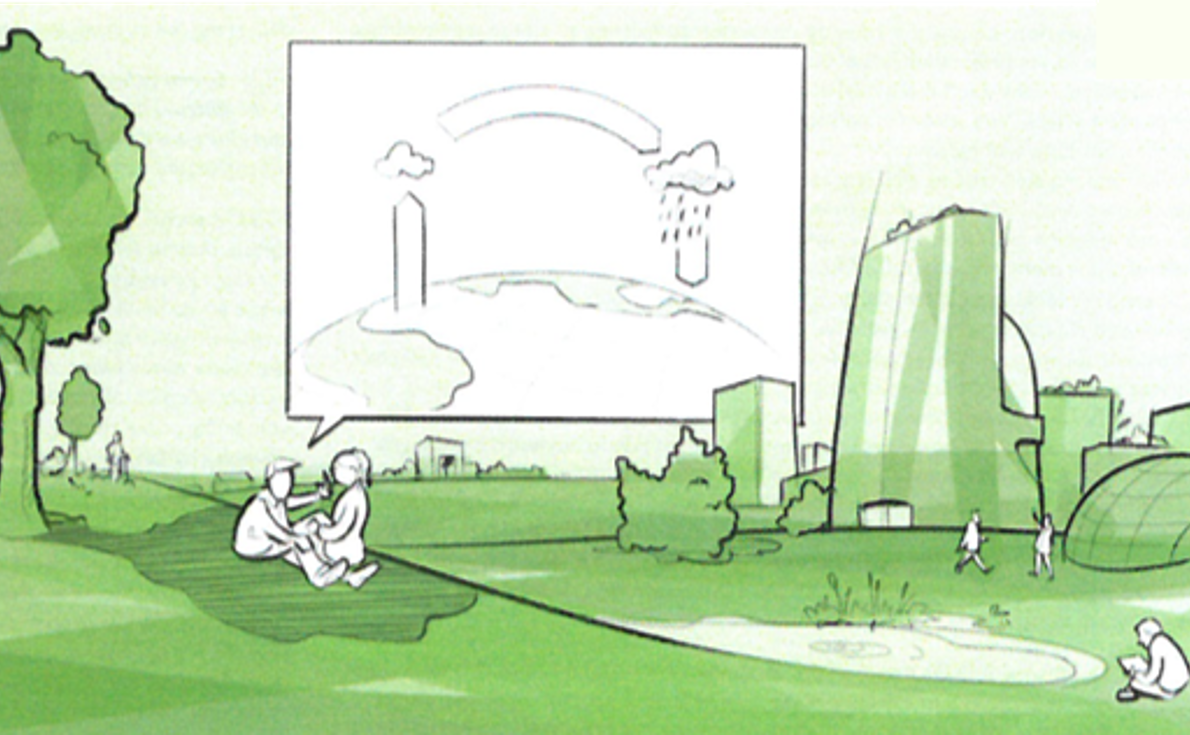
Driver for Change II: Leveraging Natural Value at Micro and Macro Level
- Mon, 25/03/2019
Background
The future is unpredictable and elusive. Recent changes in technology, ecology, economics and society have already led to significant changes. The expectation is that the complexity that people and organisations experience will only increase further in the years ahead. A number of current Drivers for Change will lead to radical changes in the future. Therefore, we need a new way to visualise the future, with all the opportunities and challenges that it will bring – an approach that is creative, imaginative and research-oriented. Even though we can’t predict the future, we can create a range of possible context-related future scenarios. These desired scenarios will direct our decision-making, from short-term actions to long-term consequences. In the UNaLab project, the Future Telling research method was used to develop possible, context-related future scenarios in a creative, imaginative way.
Through an analysis of interviews with a broad spectrum of experts on climate and water resilience and nature-based solutions, five Drivers for Change for the future of climate and water resilient cities in 2050 were identified. This blog post will present the second Driver for Change: Leveraging natural value at micro and macro level.
Driver for Change II: Leveraging natural value at micro and macro level
In 2050, there is a balance between cities and their surrounding natural and rural areas. Cities, especially in Europe, take careful decisions on their maximum size, in relation to affordable limits of natural resources and high quality of life. At the same time, technological solutions enhance life and work in the city's surroundings, making the city an integral part of its landscape, in harmony with agriculture and nature. A holistic view of nature in and around the city ensures that all value and benfits are captured. There is a good understanding of how smaller and larger blue areas contribute to the micro and macro climate, and how the two influence and need each other. There is a deep respect for ecosystem services provided outside the city, such as maintaining nature and biodiversity outside the city. This results in more and better jobs for people in rural areas.